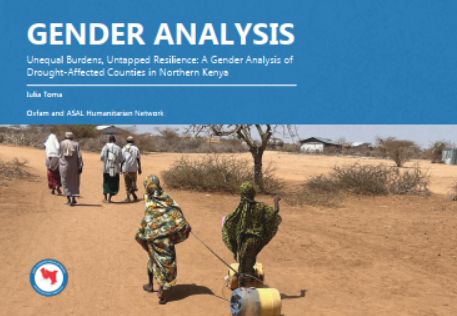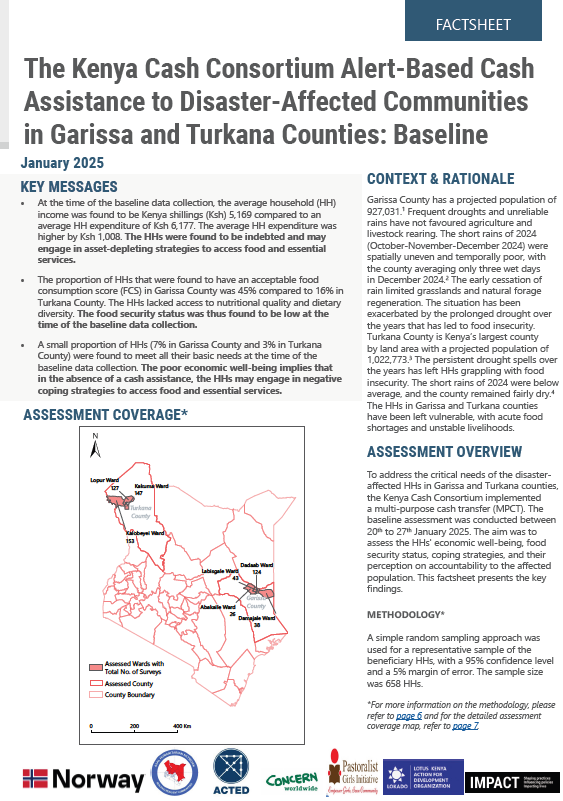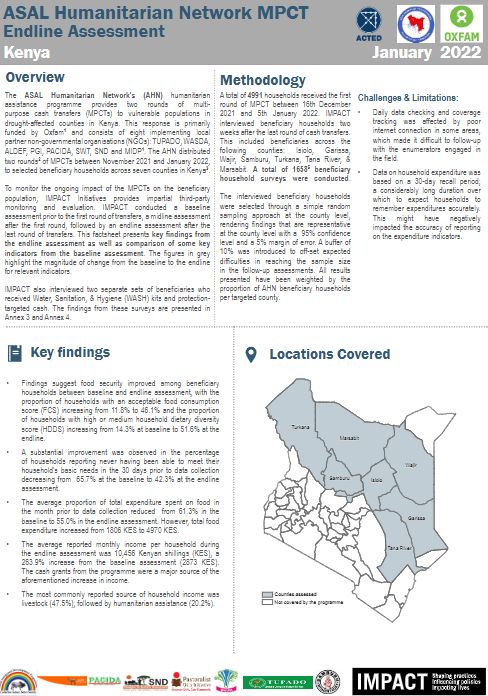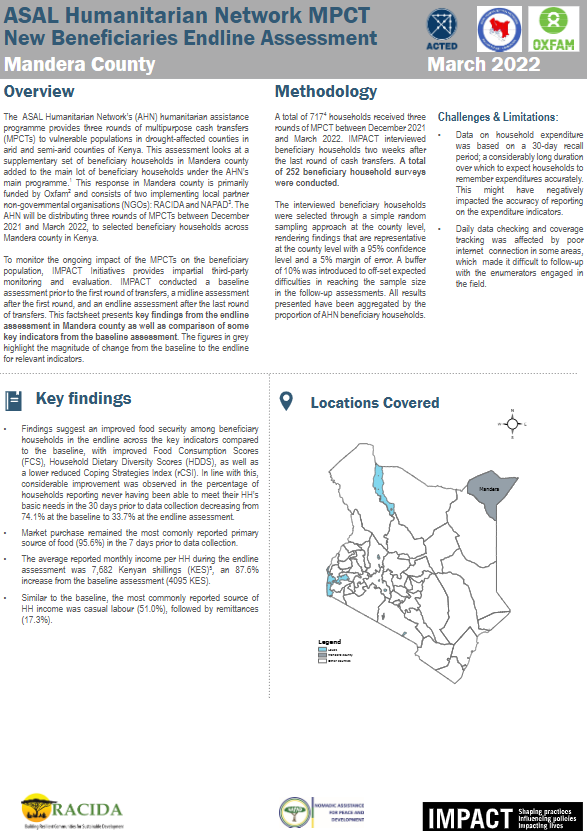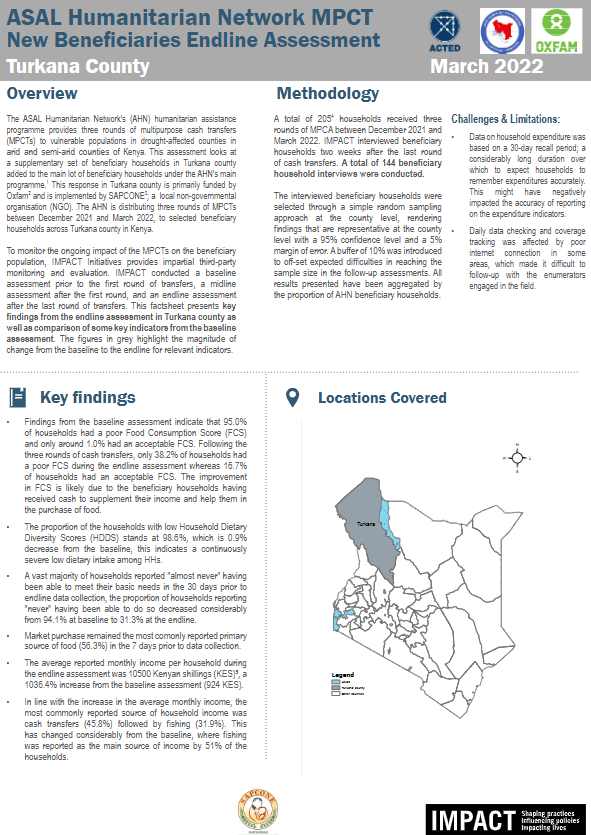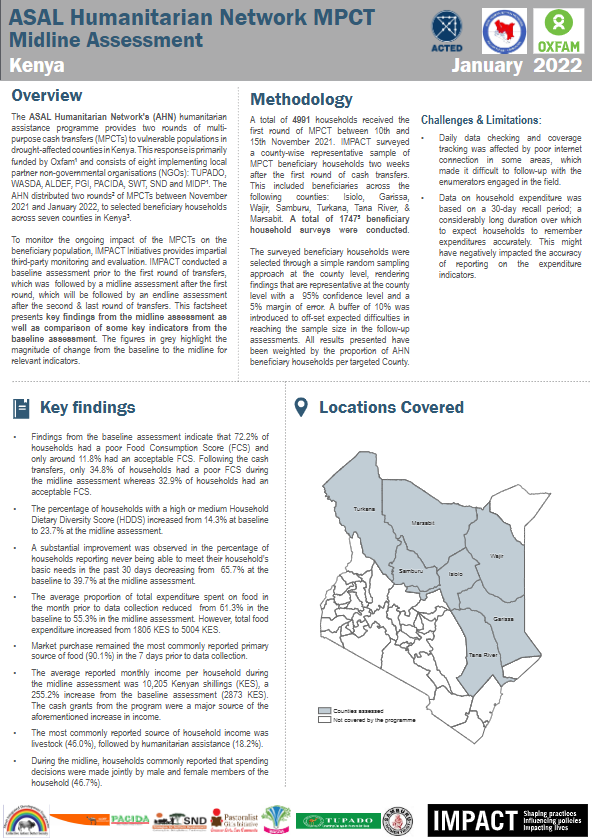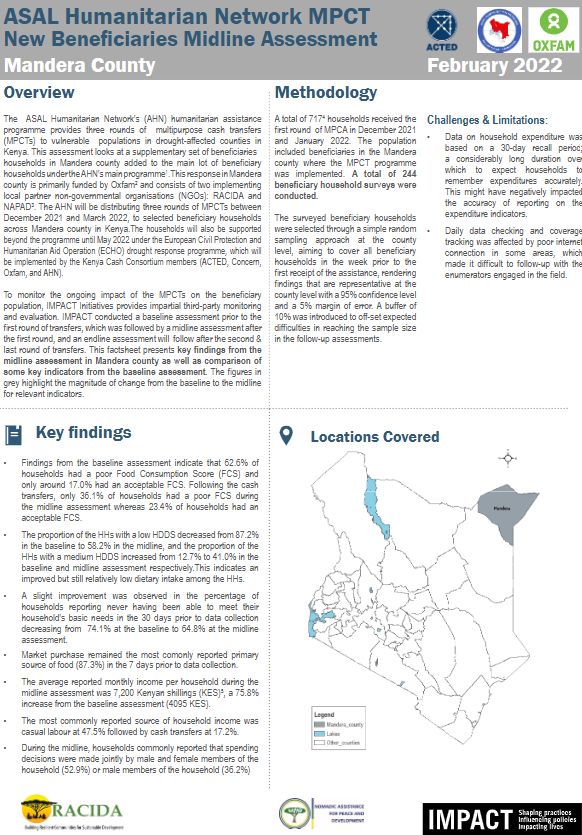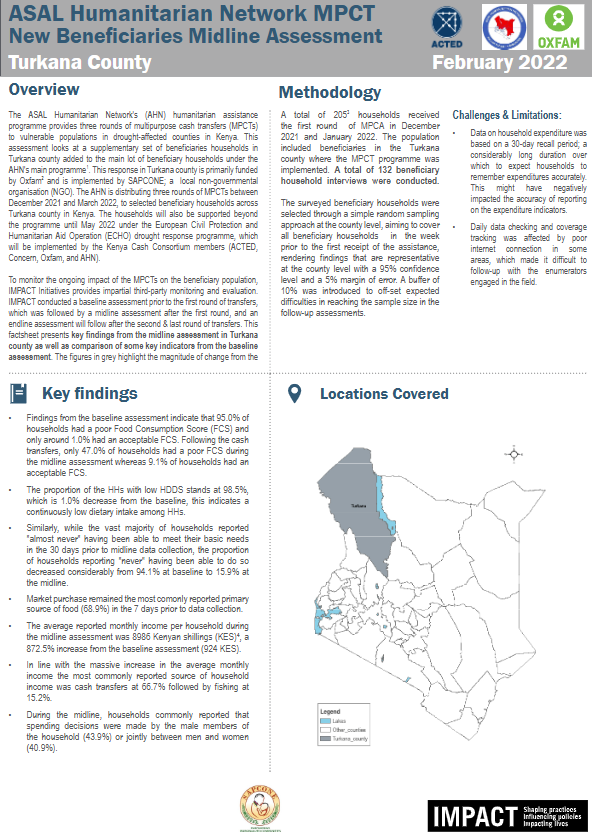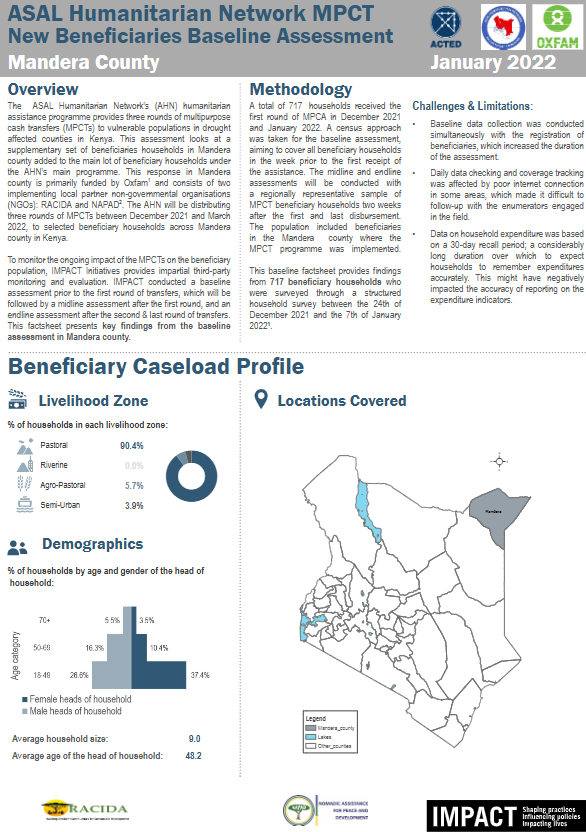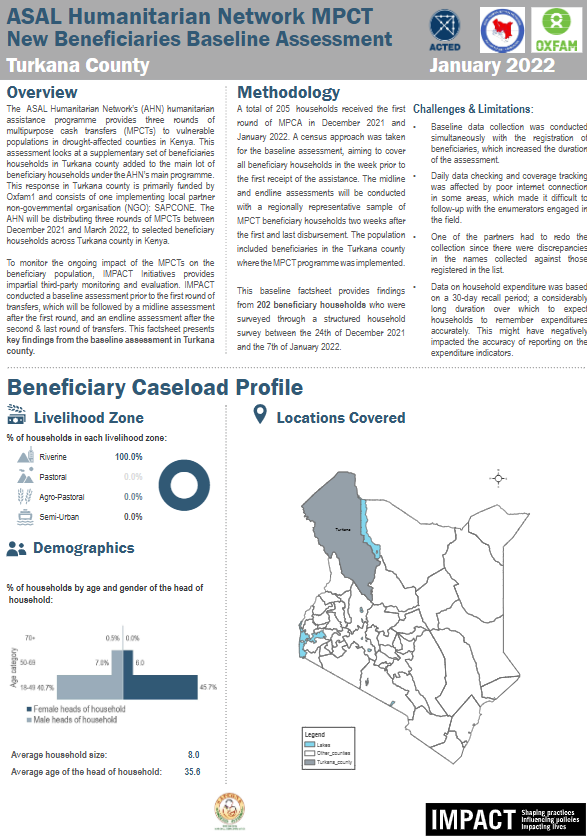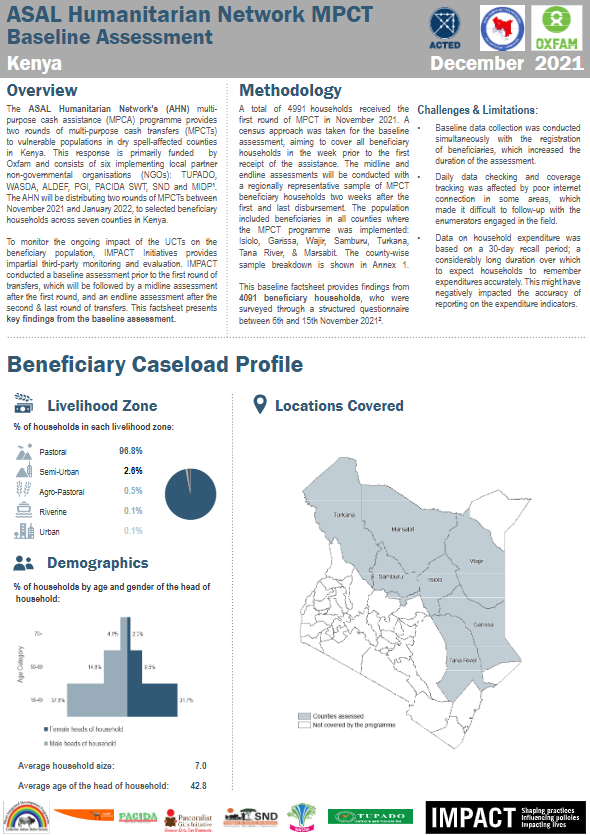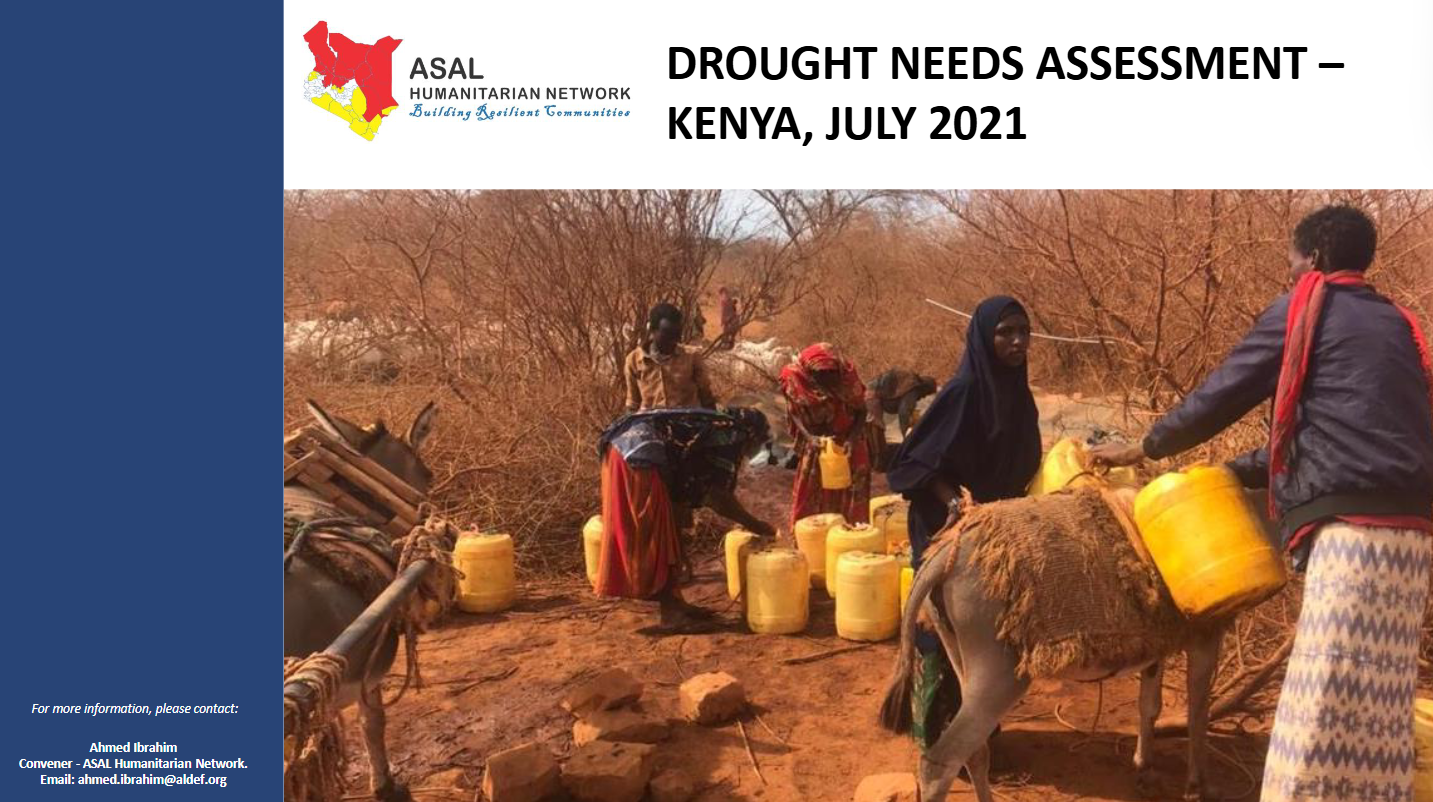ASAL Humanitarian Network (AHN)
Evidence That Drives Action
Reports and Briefs
Our reports and policy briefs provide evidence-based insights that inform decision-making, strengthen advocacy, and amplify the voices of ASAL communities.
The ASAL Humanitarian Network curates and publishes reports, assessments, and policy briefs developed in collaboration with member organizations and partners. These resources capture ground-level realities, highlight emerging trends, and translate field-based evidence into actionable recommendations for policy and practice. Each publication reflects the collective expertise of the network and its commitment to influencing humanitarian and development outcomes.
Access to timely, reliable, and context-specific information empowers stakeholders to make informed decisions. AHN’s knowledge products support county, national, and regional actors in understanding the challenges and opportunities within Kenya’s Arid and Semi-Arid Lands. Through these publications, the network strengthens advocacy, fosters accountability, and ensures that the experiences and priorities of ASAL communities remain central to policy dialogue and programming.

